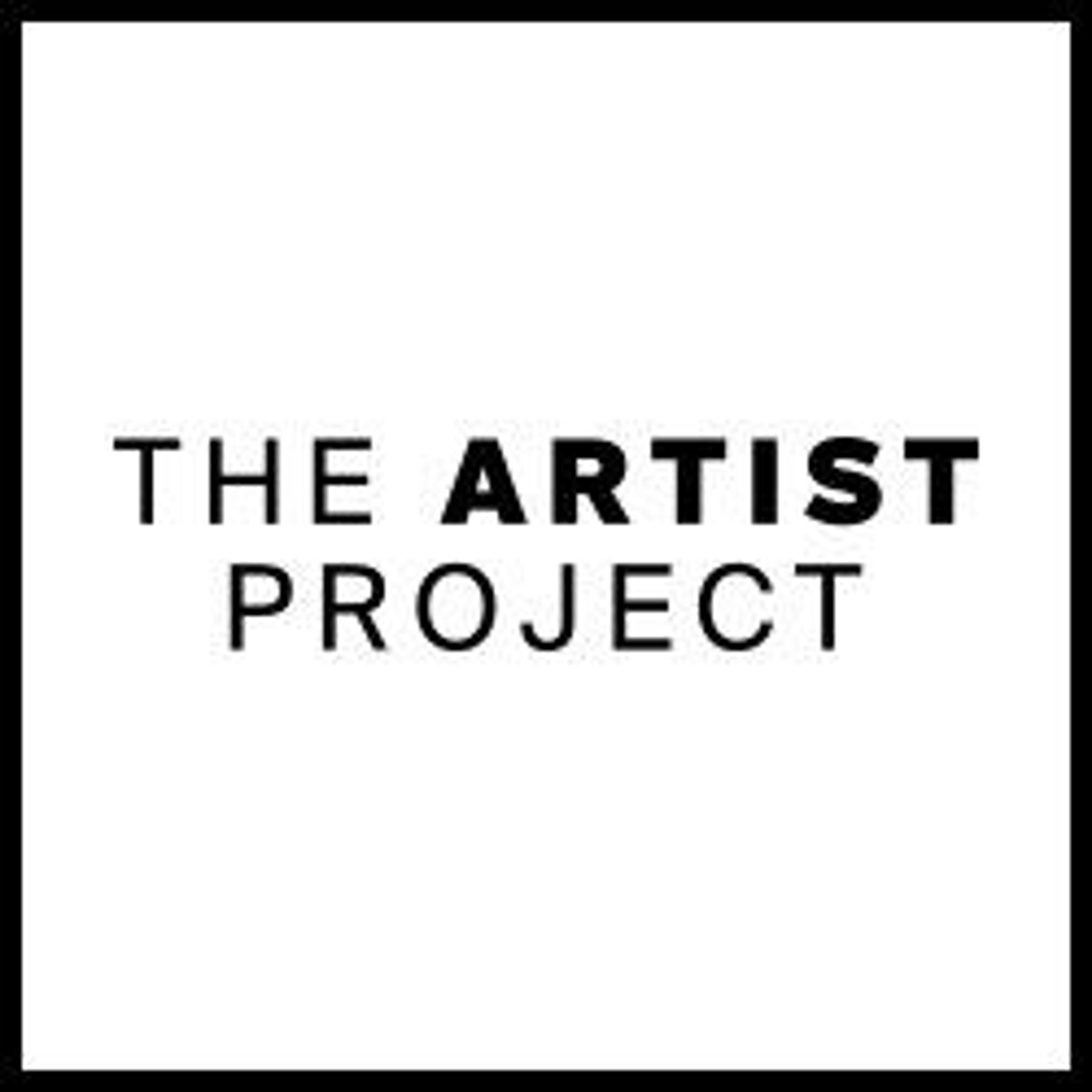Christ in Limbo
Trained in the studio of Raphael (1483-1520) in Rome, Luca Penni then assisted his brother-in-law Perino del Vaga (1501-1547) in Lucca and Genoa, before travelling to France around 1537-38, later joining Rosso Fiorentino (1494-1540) and Francesco Primaticcio (1504-1570) to work in the employ of the French king, François I. This newly-discovered drawing was until recently believed to be lost: it is a splendid example of Penni's mature fluid style as a draftsman and his inventive, densely-wrought compositions of the French period. Done around the time of the artist's arrival in Paris around 1547, the drawing was realized in preparing the design of an etching of Christ in Limbo, as proved by the incisions around the contours of the figures.The print, produced by the French engraver Léon Davent, shows the composition in reverse: the Museum owns the only impression of this print in America (inv. 59.596.33).
As Perrin Stein has pointed out (curatorial files, Department of Drawings and Prints, 2014), certain elements of Penni's composition, notably the figural grouping at left, seem to have been borrowed from Dürer's woodcut with "Christ in Limbo", from "The Small Passion" series of circa 1509 (Metropolitan Museum of Art inv. 1975.653.47).
Prints played an essential role in disseminating Penni's work, contributing significantly to his renown. The drawing had a relatively early fame, having been owned by the refined German collector and banker, Everhard Jabach (1618-1695), who mounted his works on paper with distinctive, wide shell-gold borders. Although not described, twelve drawings by Luca Penni were listed in the inventory of Jabach's estate, written at his death in 1695.
(Perrin Stein; September 17, 2014)
As Perrin Stein has pointed out (curatorial files, Department of Drawings and Prints, 2014), certain elements of Penni's composition, notably the figural grouping at left, seem to have been borrowed from Dürer's woodcut with "Christ in Limbo", from "The Small Passion" series of circa 1509 (Metropolitan Museum of Art inv. 1975.653.47).
Prints played an essential role in disseminating Penni's work, contributing significantly to his renown. The drawing had a relatively early fame, having been owned by the refined German collector and banker, Everhard Jabach (1618-1695), who mounted his works on paper with distinctive, wide shell-gold borders. Although not described, twelve drawings by Luca Penni were listed in the inventory of Jabach's estate, written at his death in 1695.
(Perrin Stein; September 17, 2014)
Artwork Details
- Title:Christ in Limbo
- Artist:Luca Penni (Italian, Florence 1500/1504–1557 Paris)
- Date:ca. 1547–48
- Medium:Black chalk, pen and brown ink, brush and brown wash, highlighted with brush and white gouache, on paper prepared with pale brown wash; outlines incised for transfer
- Dimensions:Sheet: 14 1/2 × 10 5/8 in. (36.8 × 27 cm)
- Classification:Drawings
- Credit Line:Purchase, Brooke Russell Astor Bequest and Harry G. Sperling Fund, 2014
- Object Number:2014.264
- Curatorial Department: Drawings and Prints
More Artwork
Research Resources
The Met provides unparalleled resources for research and welcomes an international community of students and scholars. The Met's Open Access API is where creators and researchers can connect to the The Met collection. Open Access data and public domain images are available for unrestricted commercial and noncommercial use without permission or fee.
To request images under copyright and other restrictions, please use this Image Request form.
Feedback
We continue to research and examine historical and cultural context for objects in The Met collection. If you have comments or questions about this object record, please contact us using the form below. The Museum looks forward to receiving your comments.
